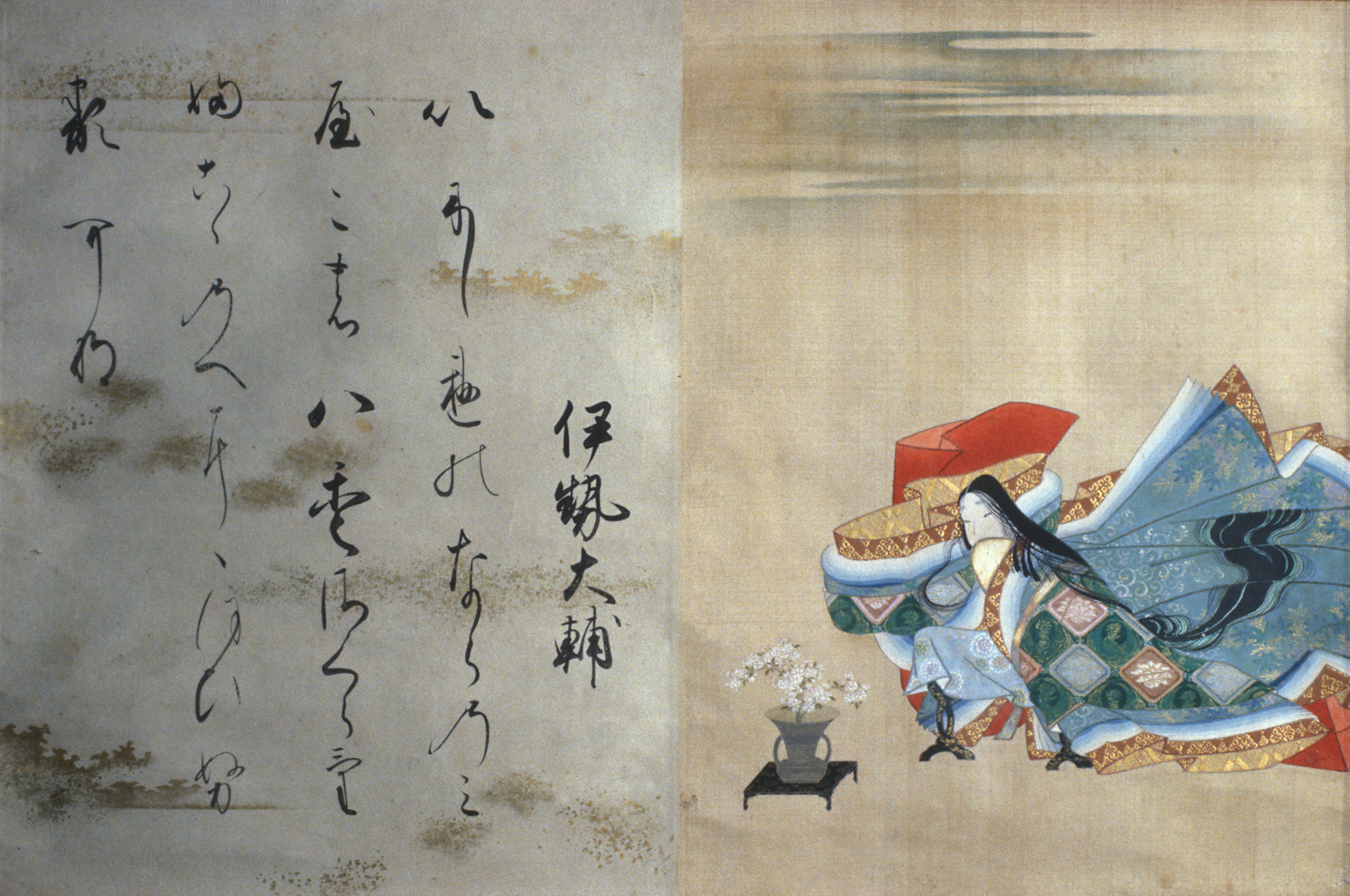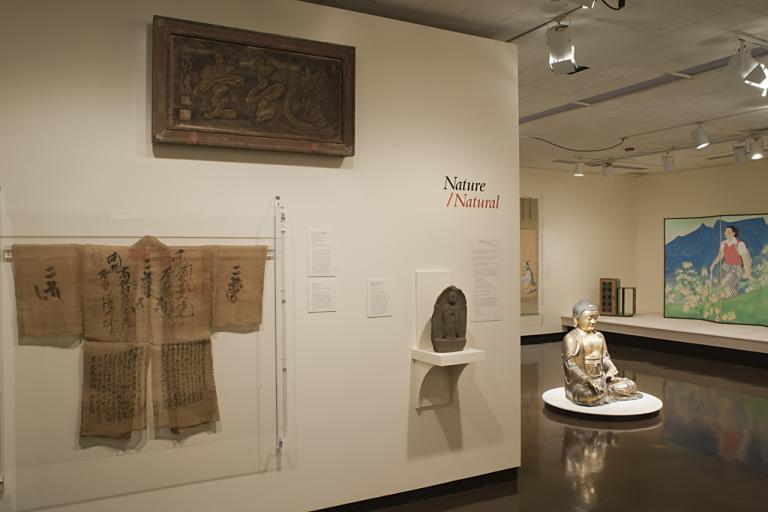One of the one-hundred poets: The Poetess Ise no Taifū, Tosa Mitsuoki; Asukai Masaaki
Artwork Overview
Tosa Mitsuoki, artist
1617–1691
Asukai Masaaki, calligrapher
1611–1679
One of the one-hundred poets: The Poetess Ise no Taifū,
mid 1600s
Where object was made: Japan
Material/technique: silk; paper; color; ink
Dimensions:
Image Dimensions Height/Width (Height x Width): 33.7 x 25.4 cm
Image Dimensions Height/Width (Height x Width): 13 1/4 x 10 in
Mount Dimensions (Height x Width x Depth): 118.1 x 61.4 cm
Mount Dimensions (Height x Width x Depth): 46 1/2 x 24 3/16 in
Roller Dimensions (Width x Diameter): 66.1 x 2.5 cm
Roller Dimensions (Width x Diameter): 26 x 1 in
Image Dimensions Height/Width (Height x Width): 33.7 x 25.4 cm
Image Dimensions Height/Width (Height x Width): 13 1/4 x 10 in
Mount Dimensions (Height x Width x Depth): 118.1 x 61.4 cm
Mount Dimensions (Height x Width x Depth): 46 1/2 x 24 3/16 in
Roller Dimensions (Width x Diameter): 66.1 x 2.5 cm
Roller Dimensions (Width x Diameter): 26 x 1 in
Credit line: Museum purchase: Friends of the Art Museum
Accession number: 1978.0028
Not on display
If you wish to reproduce this image, please submit an image request




